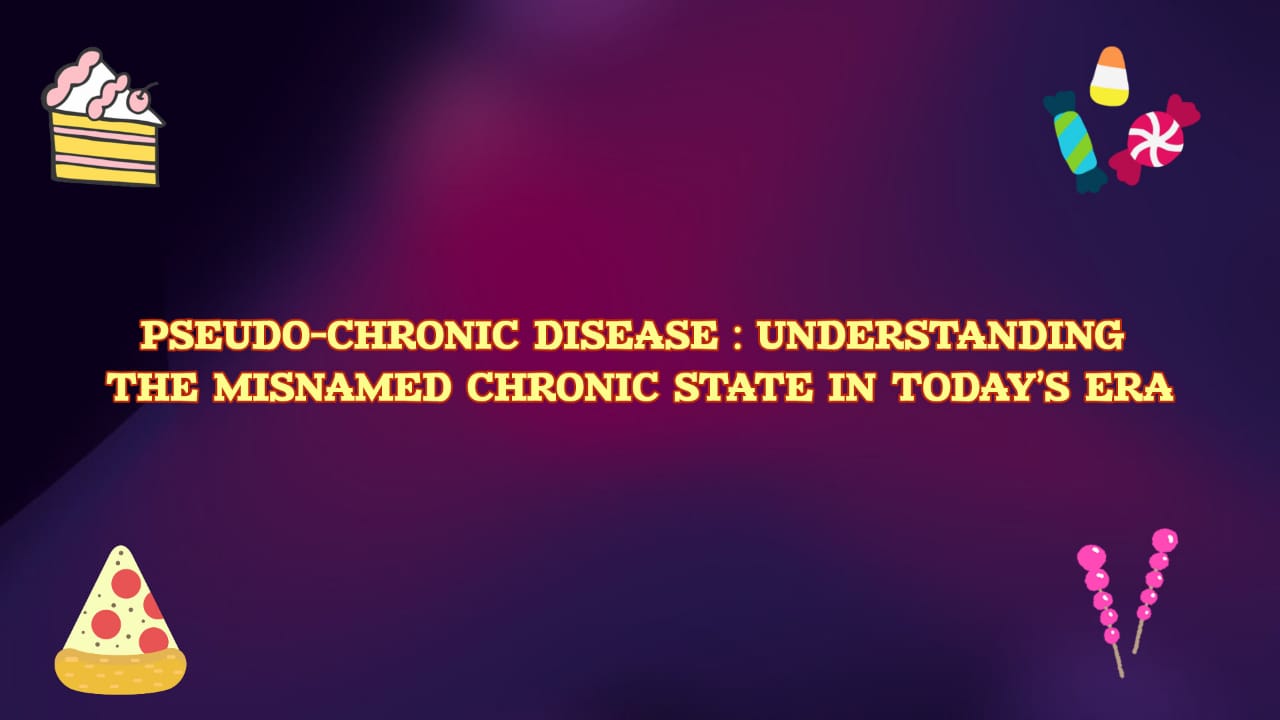WHAT CONSTITUTES A HOMOEOPATHIC REMEDY??
§ 3 from Organon of Medicine, 6th edition, By Master Hahnemann quotes –
“If the physician clearly perceives what is to be cured in diseases, that is to say, in every individual case of disease (knowledge of disease, indication), if he clearly perceives what is curative in medicines, that is to say, in each individual medicine (knowledge of medical powers), and if he knows how to adapt, according to clearly defined principles, what is curative in medicines to what he has discovered to be undoubtedly morbid in the patient, so that the recovery must ensue to adapt it, as well in respect to the suitability of the medicine most appropriate according to its mode of action to the case before him (choice of the remedy, the medicine indicated), as also in respect to the exact mode of preparation and quantity of it required (proper dose), and the proper period for repeating the dose; if, finally, he knows the obstacles to recovery in each case and is aware how to remove them, so that the restoration may be permanent, then he understands how to treat judiciously and rationally, and he is a true practitioner of the healing art.”
This is what actually constitutes a HOMOEOPATHIC REMEDY.
Homeopathic Medicine, is the practice of medicine that embraces a holistic, natural approach to the treatment of the sick. Homoeopathy is a system of natural health care that has been in worldwide use for over 200 years, treating the person as a unique individual, not as a collection of disease labels, with the aim of stimulating their own healing ability, to bring about health and well-being. It treats all your symptoms at spiritual, emotional, mental and physical level and finds the “like cures like” match for them, based on the individual’s specific symptoms and personal level of health and treats the person as a whole, rather than focusing on a diseased part or a labelled sickness.
A Homeopathic Medicine, First of all, constitutes a detailed, comprehensive interview of the patient, called the homeopathic case-taking, which is undertaken to reveal the physical, psychological and emotional characteristics and complaints of that individual. As Elizabeth Wright writes, “A well taken case is half-cured.”The homeopathic practitioner then finds the homeopathic remedy whose Materia medica (drug picture) is the most similar to that of the patient’s characteristic totality. One must have clear understanding, perception & observation of the subject proper, so as to assess the changes noticed after the administration of the Similimum.
The Homoeopathic medicinal substances include plant extracts, minerals, chemicals, and human and animal excretions or secretions. About 60% of the homeopathic medicines are prepared from one or more parts of plants. The whole plant or some parts, such as leaves, roots, flowers, seeds, and berries, may be used in the preparation of the medicines. Approximately 20% of the homeopathic medicines are prepared from minerals, including metals, non-metals, and their compounds. Some homeopathic medicines are derived from certain animal products, tissues or secretions containing bacteria, viruses, and other microorganisms, called Nosodes. Hormones and healthy human/animal tissues and secretions are also used to prepare homeopathic medicines, known as Sarcodes. Certain energy sources, such as magnetism, x-ray, radiation, etc., are also used to prepare homeopathic medicines (Imponderabilla).
Homeopathic remedy mainly includes the 7 Cardinal principles of Homoeopathy. The first principle of “Similia Similibus Curentur”, i.e. “like cures like” says that the body knows what it is doing and that symptoms are the body’s way of taking action to overcome illness. This healing response is automatic in living organisms; we term it the vital response. The similar medicine acts as a stimulus to the natural vital response, giving it the information it needs to complete its healing work. Since the initial action of the vital response (Theory of Vital Response) plus the medicine is to increase the strength of the symptoms, this is the first indication of internal healing taking place, of diseases being cured from within pushed outwards along the established routes of past and present symptoms.
But before selecting the Similimum, Another Principle comes into action,i.e. Drug proving. The curative powers of the medicines are discovered by testing them out on healthy human subjects and carefully noting emotional, mental and physical changes. This constitutes the basis for “like cures like” , for a medicines unique symptom picture must match up with the individual’s unique expression of their disease, that is, the present and persisting symptoms of the disease.
The next principle is that only the minimum dose should be employed, based upon the understanding that the stimulus of the medicine works from within the vitality. Only infinitesimal dose is administered to initiate the healing process, which then carries on, driven by its own internal healing mission without producing the gross side effects, that are so often the pit-fall of conventional treatment. The potentized remedies, providing the minimum dose, are so gentle, subtle and powerful,among patients of all ages.
Homeopathic medicines are essentially nano-medicines. The original drug substance is used in minute quantities to prepare a given homeopathic medicine, by the process called Potentization”. Homeopathic medicines are prepared by 2 methods,i.e. by trituration & succession. The higher the dilution, when prepared in this dynamized way, the more potent the homeopathic remedy. There are 3 scales used till date,namely, The Centesimal Scale, evolved by Hahnemann, e.g., 30CH or 200C. The Decimal Scale, evolved by Hering and denoted by the suffix X, after the number, e.g., 200X. The 50 Millesimal or LM Scale also known as Quinquagintamillesimal or Q potencies, by P.Schmidt.
The next principle of Homeopathy is the Single remedy. The Similimum remedy is prescribed to the sick person and the results are observed, uncluttered by the confusion of effects that might be produced if more than one medicine were given at the same time. There are two main categories of treatment in Homeopathic Medicine; i.e., acute and chronic. Acute treatment is for illness of recent onset; it may be self-limited (for example, the common cold), or it may progress if not treated (for example, pneumonia), the body might overcome the illness,or an appropriate medicine gently stimulates the body to recover more quickly and efficiently. Chronic or constitutional treatment(Theory of Chronic Miasms) is helpful in treating a chronic disease of long standing or a recurrent disease, due to Psora, Syphilis or Sycosis. The length of treatment and the challenge to achieve positive results is affected by many factors, including the nature of the problem, the early health history, the family medical history, the previous treatment, and the persons inherent constitutional strength.
Thus, an Ultimate HOMOEOPATHIC REMEDY, in all constitutes, restoring the person to a state of well-being through individualized homeopathic treatment following the Principles of Homoeopathy, prescribed orally or via olfaction, the potency selected on the basis of susceptibility of the individual, including removal of obstacles to cure.
THANK YOU.
Submitted By :
Dr. Yashika Arora
P.G. Scholar (Part – I)
(M.D. (Homoeopathic Materia Medica) 2017-18)
D.K.M.M. Homoeopathic Medical College & Hospital, Guru ganesh Nagar, Aurangabad – 431001
B.H.M.S. (N.H.M.C & H, Delhi)
Contact no – 7827805347
E mail – yashika.arora0693@gmail.com
Address – 403, 3rd floor, Bank flats, Building no. 129, Nirankari colony, GTB Nagar, Delhi-09
To publish your article,
Contact us on email : homoeopathicdrugshots@gmail.com
Whatsapp : 7871539699






